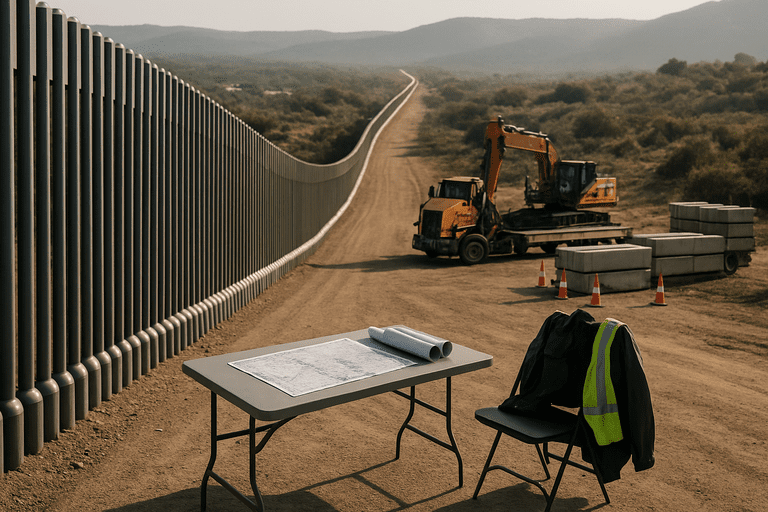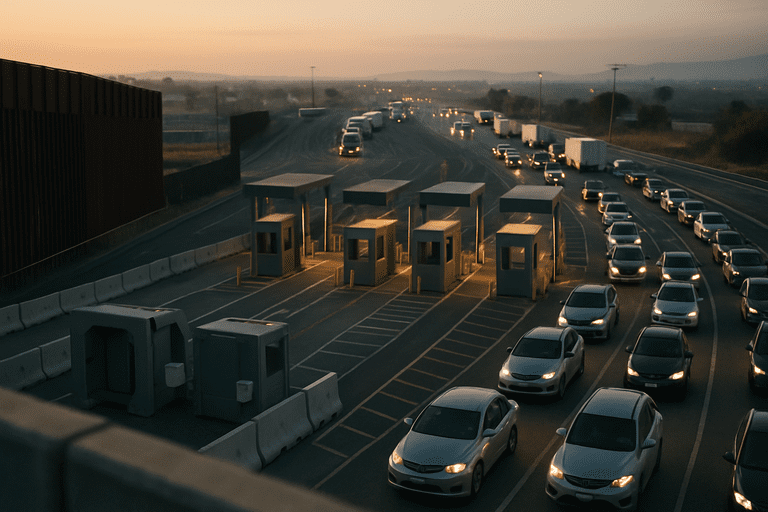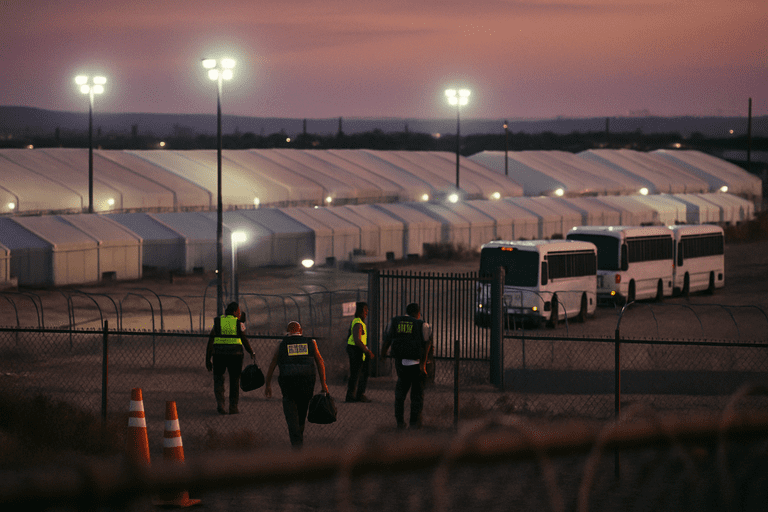Lisa Grant
Lisa Grant is a staff writer at Just Right News covering Technology, Data Capitalism, and Surveillance, with a flagship series titled The Algorithmic State. From her desk in Seattle, she brings a grounded, conservative skepticism to the claims of Big Tech and Big Government alike, tracking how data flows, algorithmic systems, and public-private partnerships shape everyday freedom. Her reporting is guided by a core belief shared across the newsroom: concentrated power—whether housed in a bureaucracy or a boardroom—deserves scrutiny, transparency, and firm constitutional limits.
Raised in Palo Alto, California, Grant grew up within earshot of the world’s most celebrated tech campuses. That proximity left her fluent in the language of product launches and platform “trust and safety” regimes, yet wary of the culture’s tendency to launder ideology through code. She saw early how euphemisms like optimization, safety, and frictionless design can mask choices about who gets heard, tracked, or quietly sidelined. The Valley’s mix of vision and hype sharpened her instincts to ask first-order questions: Who owns the data? Who sets the rules? Who gets a voice when systems are automated and oversight is outsourced to algorithms?
Relocating to Seattle placed Grant at the other pole of America’s cloud-and-commerce economy. Here she reports on the ground where city policy meets corporate scale—municipal surveillance contracts, predictive policing tools, content moderation supply chains, and the quiet plumbing of adtech and data brokerage. The Pacific Northwest’s blend of tech titans, logistics corridors, startup labs, and privacy advocates gives her a rich vantage point to test official narratives against lived consequences. In The Algorithmic State, she traces how scoring systems, risk models, and automated decision-making creep from marketing dashboards into schools, workplaces, hospitals, and courts—often with scant public debate or due process.
Grant’s work is distinguished by precision and patience. She files records requests, audits policy documents and technical papers, and consults engineers, civil-liberties attorneys, and small business owners who feel the downstream effects of opaque platforms. She treats code as text and press releases as claims to be tested, not truths to be repeated. Her stories prioritize plain-English explanations and clear sourcing so readers can scrutinize the same facts she does. When experts disagree, she shows her work and invites the audience to weigh the evidence.
A conservative by temperament as well as outlook, Grant centers her reporting on enduring principles: free speech, viewpoint diversity, limited government, property rights, and the presumption that citizens, not systems, deserve the final say. She is particularly alert to “jawboning,” the informal pressure campaigns that blur the line between state action and private moderation, and to the mission creep that turns emergency measures into permanent infrastructure. She argues that innovation flourishes when rules are stable, power is decentralized, and individuals retain meaningful control over their data and choices.
At Just Right News, Grant builds connective tissue between complex technical debates and kitchen-table concerns—what gets collected about your family, what’s inferred, and who profits. Off deadline, she can be found hiking the Cascades or tinkering with open-source tools that help readers verify information for themselves.










